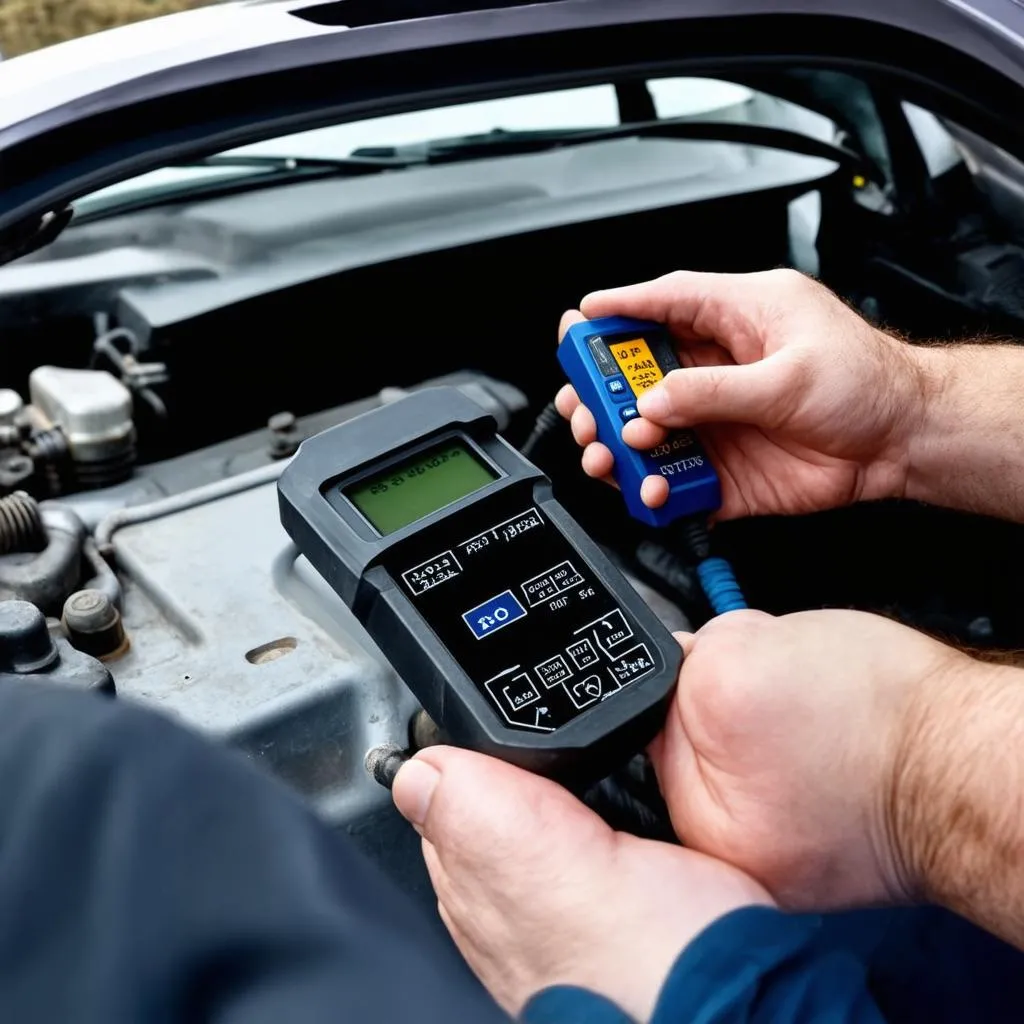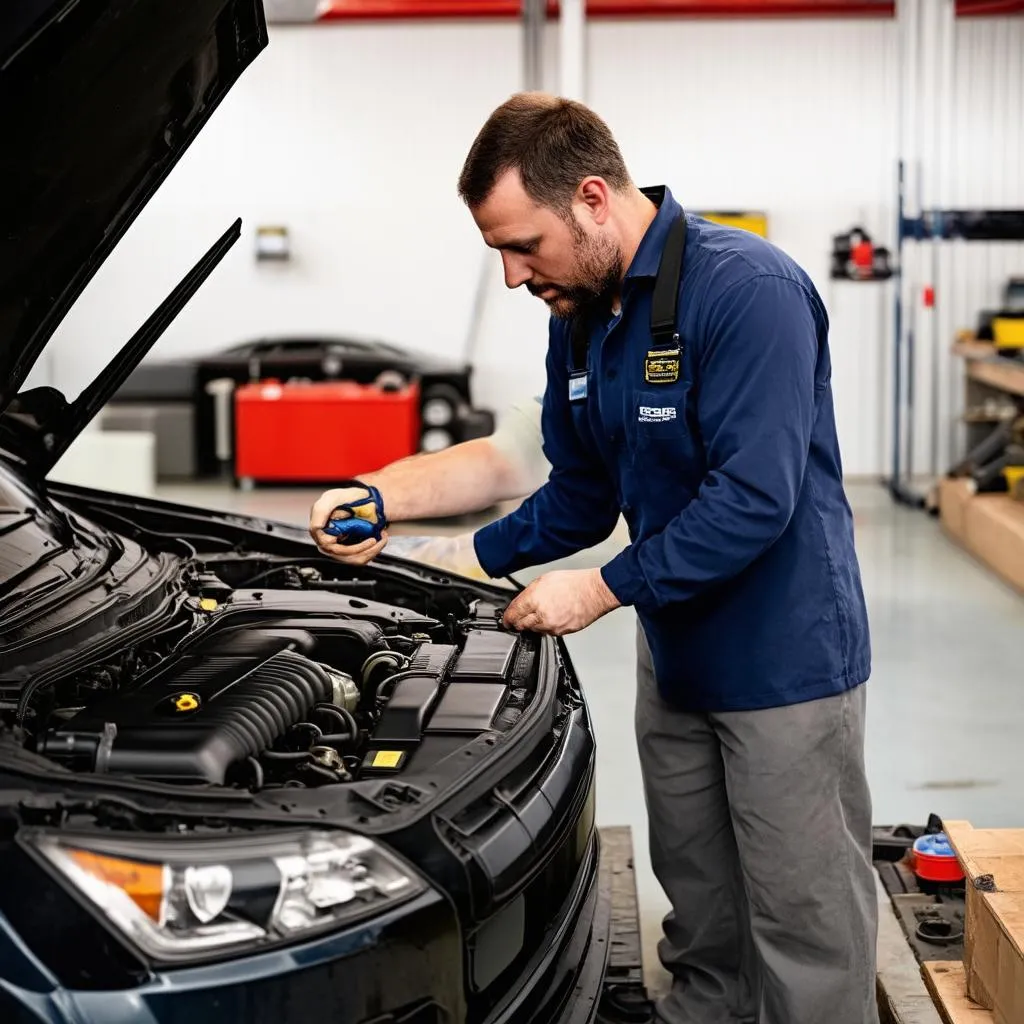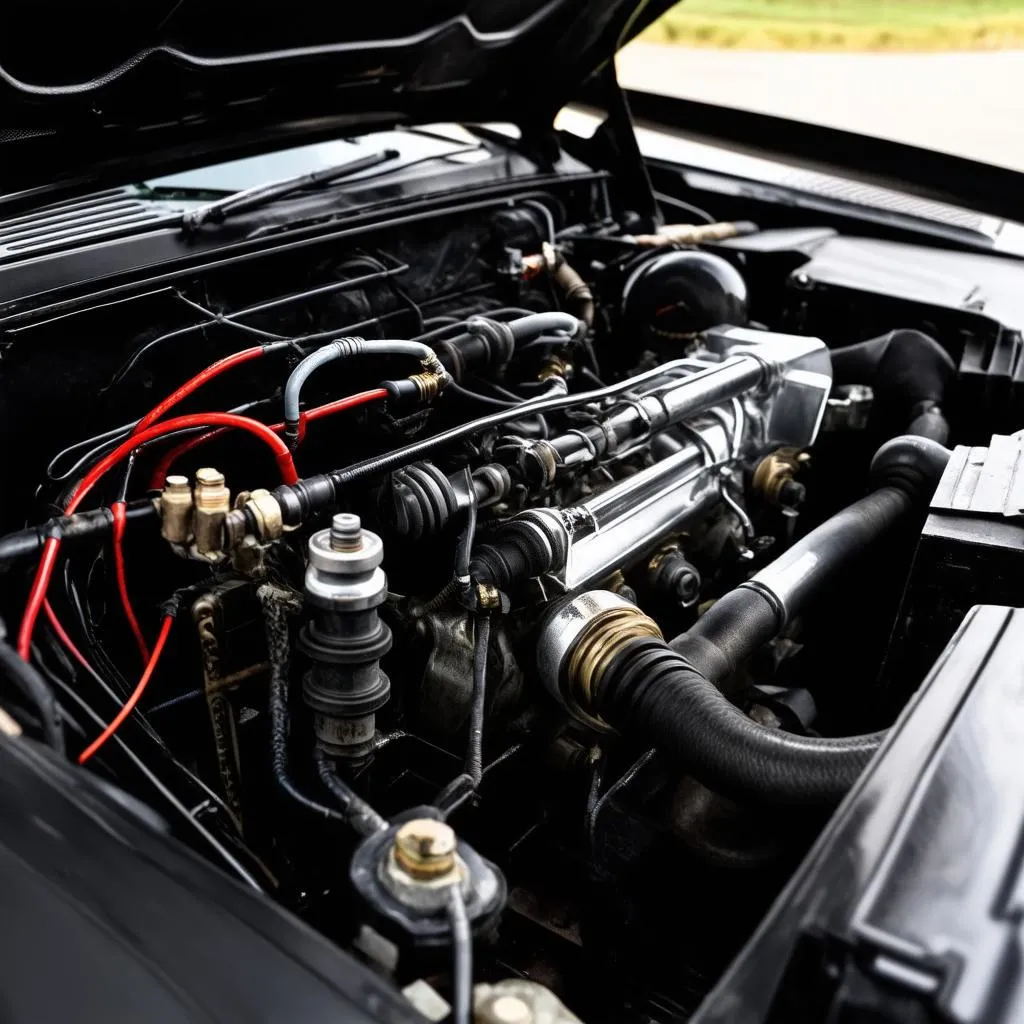“A stitch in time saves nine,” they say. This old proverb applies to car maintenance too. Imagine your car’s engine as a complex puzzle, and each piece working in perfect harmony. When one piece starts misbehaving, it throws off the whole system. That’s where OBD codes come in, like a silent messenger alerting you to potential problems. But what exactly are permanent OBD codes? Let’s dive in!
What Are Permanent Obd Codes and Their Significance?
Permanent OBD codes are like the “permanent record” of your car’s engine. They’re stored in the vehicle’s computer memory and remain even after you clear the error. This isn’t just a technicality; it’s crucial for pinpointing issues.
Think of it this way: If your car’s “check engine” light is on, it’s like a red flag waving, indicating something’s amiss. The OBD code is the message written on the flag, telling you exactly what needs attention. Now, imagine that same flag staying up even after you’ve addressed the problem, that’s where the permanent code comes in. It’s like a reminder, letting you know that the issue has occurred before and might need further investigation.
Why Are Some OBD Codes Permanent?
Imagine you’re trying to learn a new skill, and you keep making the same mistake. Even after you get it right, your instructor might keep a note of that mistake, just in case you slip up again. Similarly, your car’s computer remembers these codes to help mechanics diagnose the problem accurately. Here’s why:
1. Recurring Issues: Some problems might re-occur, and the permanent code acts as a flag. This is especially helpful for intermittent issues that are hard to replicate.
2. Diagnosis and Repair: Mechanics can use permanent codes to understand the car’s history and diagnose the root cause of the problem, even if it’s not currently happening.
3. Safety and Reliability: Permanent codes can help identify potential safety hazards that might be lurking beneath the surface.
How to Read Permanent OBD Codes?
Understanding permanent OBD codes requires a bit of knowledge about your car’s language. These codes are usually a combination of letters and numbers:
- P: Powertrain codes (engine, transmission, etc.)
- C: Chassis codes (brakes, suspension, etc.)
- B: Body codes (electrical, lighting, etc.)
- U: Network codes (communication issues)
The numbers after the letter indicate the specific problem. For example, a P0171 code might indicate a “Fuel System Too Lean (Bank 1).”
What Happens When You Clear OBD Codes?
Clearing OBD codes temporarily resets the “check engine” light, but the permanent record remains. Think of it like clearing a notification on your phone; the message is gone, but the app still remembers it was there.
Why You Shouldn’t Just Clear OBD Codes Without Diagnosing the Problem
While tempting, clearing codes without addressing the problem can mask serious issues. Imagine your car has a cough, you give it some medicine, and the cough disappears for a while. But what if the cough is a sign of a more serious illness? Ignoring it could lead to bigger problems down the road.
It’s similar with OBD codes; clearing them without understanding the issue could lead to:
- Recurring Problems: The root cause of the error hasn’t been addressed, so the issue might keep happening.
- Safety Concerns: Ignoring a serious problem could put you at risk.
- Costly Repairs: A small problem could escalate into a major one, resulting in expensive repairs.
Finding Permanent OBD Codes
You’ll likely need a diagnostics tool to retrieve permanent OBD codes. These tools can be found online or at auto parts stores.
 obd-code-reader
obd-code-reader
Frequently Asked Questions
Q: Can I clear permanent OBD codes myself?
A: While you can clear OBD codes yourself, it’s best to have a mechanic diagnose the problem first.
Q: How long do permanent OBD codes stay in the memory?
A: It varies by car make and model, but they typically remain until the issue is addressed.
Q: Can I drive my car with permanent OBD codes?
A: Yes, but it’s best to have the problem diagnosed and fixed as soon as possible.
Q: Do all OBD codes become permanent?
A: No, some codes are temporary and disappear after a certain number of drive cycles without the error occurring again.
Q: What are some common permanent OBD codes?
A: Some common permanent codes include:
- P0171: Fuel System Too Lean (Bank 1)
- P0300: Random/Multiple Cylinder Misfire Detected
- P0420: Catalyst System Efficiency Below Threshold (Bank 1)
- P0500: Vehicle Speed Sensor (VSS) Malfunction
- P0700: Transmission Control System Malfunction
What Should I Do If I Find Permanent OBD Codes?
If you find permanent OBD codes, it’s best to take your car to a trusted mechanic. They can use a diagnostics tool to read the codes and determine the root cause of the problem. Remember, addressing the problem promptly can save you time, money, and even potential safety risks.
The Bottom Line
Permanent OBD codes are valuable information that can help you keep your car running smoothly and safely. Understanding what they mean and why they exist can help you make informed decisions about your car’s maintenance and repair.
Need help understanding your OBD codes or want to learn more about car diagnostics? Contact us at +84767531508 for a consultation. We’re here to help you keep your car in tip-top shape!
Don’t forget to check out our other articles on OBD codes and car maintenance!
 car-mechanic
car-mechanic
And remember, like a car engine, your life also runs on a complex system of “pieces” working together. Take care of your engine, both the metal one and the one that drives your spirit. Always listen to the messages your body and your car are trying to tell you, and never hesitate to seek professional help!
 car-engine
car-engine